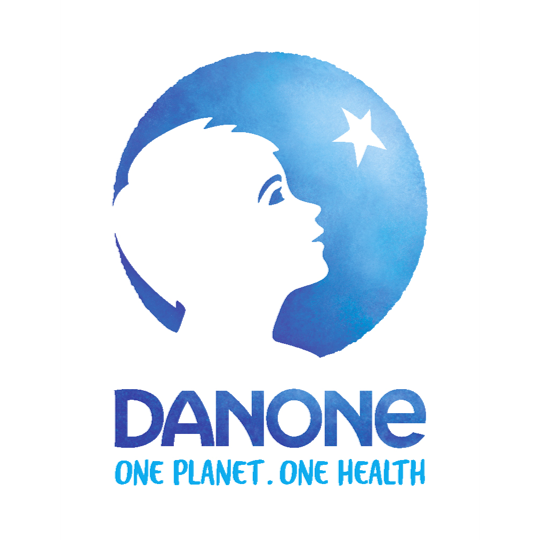Meat, Poultry & Dairy
The Meat, Poultry & Dairy industry produces raw and processed animal products, including meats, eggs, and dairy products, for human and animal consumption. Key activities include animal raising, slaughtering, processing, and packaging. The industry’s largest companies have international operations, and companies are vertically integrated to varying degrees, depending on the type of animal produced. Large industry operators typically rely on contract or independent farmers to supply their animals, and may have varying degrees of control over their operations. The industry sells products primarily to the Processed Foods industry and to retail distributors that distribute finished products to key end markets including restaurants, livestock and pet feed consumers, and grocery retailers.
Processed Foods
The Processed Foods industry includes companies that process and package foods such as bread, frozen foods, snack foods, pet foods, and condiments for retail consumer consumption. Typically, these products are made ready to consume, are marketed for retail consumers, and can be found on food retailers’ shelves. The industry is characterized by large and complex ingredient supply chains, as many companies source ingredients from around the world. Large companies operate globally, and international opportunities are driving growth.










